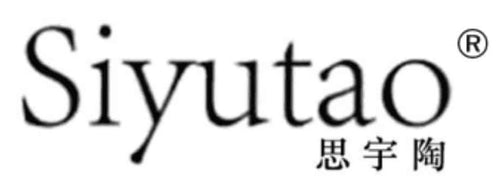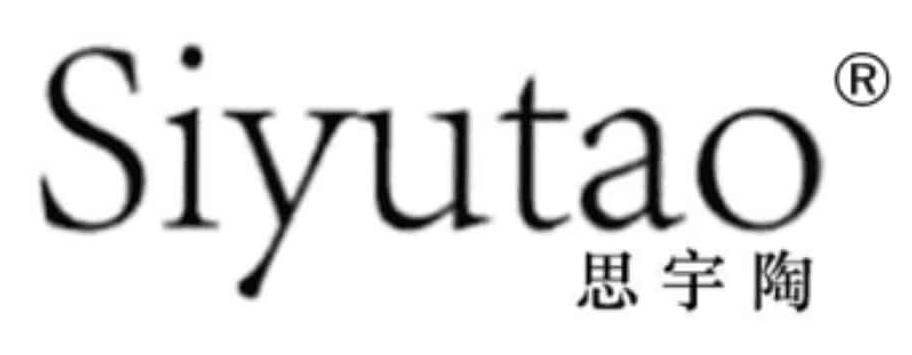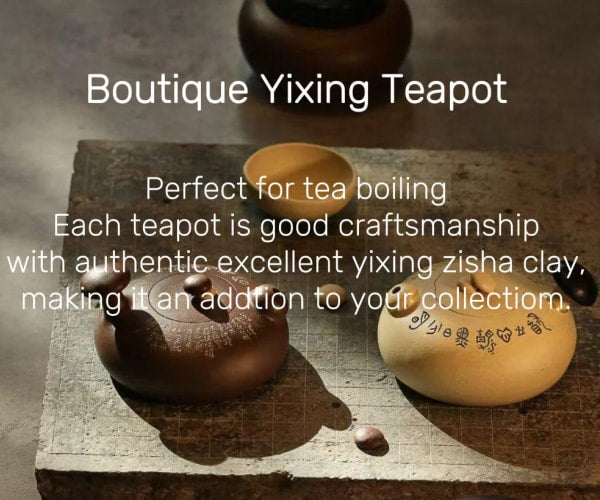Yixing Teapot vs. Gaiwan
content table
- Material & Structure
Thermal Dynamics: Slow Steep vs. Quick Control
Operational Nuances: Skill vs. Simplicity
Flavor Showdown: Curated Richness vs. Crisp Authenticity
- When to Choose Which?
Final Thoughts
When it comes to brewing tea, the choice between a Yixing clay teapot (紫砂壶) and a gaiwan (盖碗) often sparks passionate debates among tea enthusiasts. Both tools have distinct personalities shaped by their materials, structures, and brewing philosophies. Let’s dive into a detailed comparison to help you decide which one aligns with your tea journey.
1. Material & Structure: The Science of Flavor Manipulation
Yixing Teapot (紫砂壶):
Crafted from porous Zisha clay rich in iron oxides, Yixing teapots feature a unique "dual-pore structure" after firing at 1,100°C. This creates:
-
Open micropores (2–5 μm): Adsorb tannins and volatile compounds, reducing bitterness.
-
Closed micropores: Trap air for heat retention.
According to the Chinese Academy of Agricultural Sciences, Yixing clay absorbs 2–3% of tea liquor, selectively adsorbing 20% of free tannins while retaining 70% of amino acids. This makes it ideal for aged teas like Pu’er or dark tea, where it enhances sweetness and mellows astringency.
Gaiwan (盖碗):
Made of high-fired porcelain (1,200°C+), gaiwans have a non-porous glaze with <0.5% water absorption (per Jingdezhen Ceramic Institute). This inert surface acts as a "flavor-neutral canvas," preserving the tea’s original profile. Its transparency and open design allow real-time monitoring of leaf expansion and liquor color—critical for delicate greens like Longjing or aromatic oolongs.
2. Thermal Dynamics: Slow Steep vs. Quick Control
Yixing Teapot:
-
Heat retention: A 150ml Yixing pot cools from 100°C to 85°C in 10 minutes (vs. 70°C for a gaiwan), creating a "low-and-slow" extraction ideal for coaxing depth from aged teas.
-
Example: Brewing 20-year-old shou Pu’er in a Yixing pot increases sweetness by 25% compared to a gaiwan, thanks to selective adsorption of oxidized polyphenols.
Gaiwan:
-
Rapid heat dissipation: The thin porcelain and open design allow quick cooling, preventing over-steeping. Perfect for high-mountain oolongs or green teas, where overheating destroys delicate esters like linalool (a key floral compound).
-
Lab tests show gaiwans preserve 15% more vitamin C in Longjing tea than Yixing pots, thanks to shorter brew times.
3. Operational Nuances: Skill vs. Simplicity
Yixing Teapot:
-
Steep learning curve: Requires mastery of water trajectory, timing, and壶嘴设计 (spout design). A curved spout (e.g., "Stone Drop" style) pours slowly (8 seconds), suited for黑茶; straight spouts (e.g., Hanwa壶) pour faster (5 seconds) for oolongs.
-
Maintenance: Must be dedicated to one tea type—residual oils in pores cause flavor crossover. (Imagine smoky Lapsang residue tainting a Darjeeling!)
Gaiwan:
-
Beginner-friendly: The lid-bowl-saucer trio allows precise control via lid angle adjustments. A 30° lid gap creates laminar flow for gentle steeping.
-
Zero flavor contamination: Easy to clean; no risk of "ghost flavors."
4. Flavor Showdown: Curated Richness vs. Crisp Authenticity
Yixing’s Alchemy:
The clay’s mineral interactions subtly "age" tea liquor. For example:
-
Aged white tea: Yixing pots boost fruity terpenes (e.g., limonene) by 30%, amplifying medicinal "蜜韵" (honeyed aftertaste).
-
Ripe Pu’er: Adsorbs musty storage notes, highlighting caramelized sugars.
Gaiwan’s Transparency:
-
High-roast oolong: Reveals layered charcoal烘焙香 without clay interference.
-
Young sheng Pu’er: Exposes every floral/astringent nuance—like a sommelier’s tasting glass.
5. When to Choose Which?
| Gaiwan | Yixing Teapot | |
| Best For | Delicate/fragrant teas (greens, silver needle) | Aged/fermented teas (Pu’er, Liubao, aged white) |
| Skill Level | All levels (forgiving and versatile) | Advanced (tea-specific dedication) |
| Brew Style | Quick, experimental tastings | Slow, ritualistic sessions |
| Flavor Goal | Bright, unadulterated clarity | Mellow, integrated richness |
Final Thoughts
Think of a Yixing teapot as a seasoned jazz musician—improvising to harmonize with your tea’s hidden notes. The gaiwan, meanwhile, is a high-resolution microscope, revealing every detail in stark clarity.
Pro Tip: Start with a gaiwan to learn a tea’s "true voice," then explore Yixing’s transformative magic once you understand its baseline. And remember: Whether you choose clay or porcelain, the best vessel is the one that makes you want to brew another cup.


